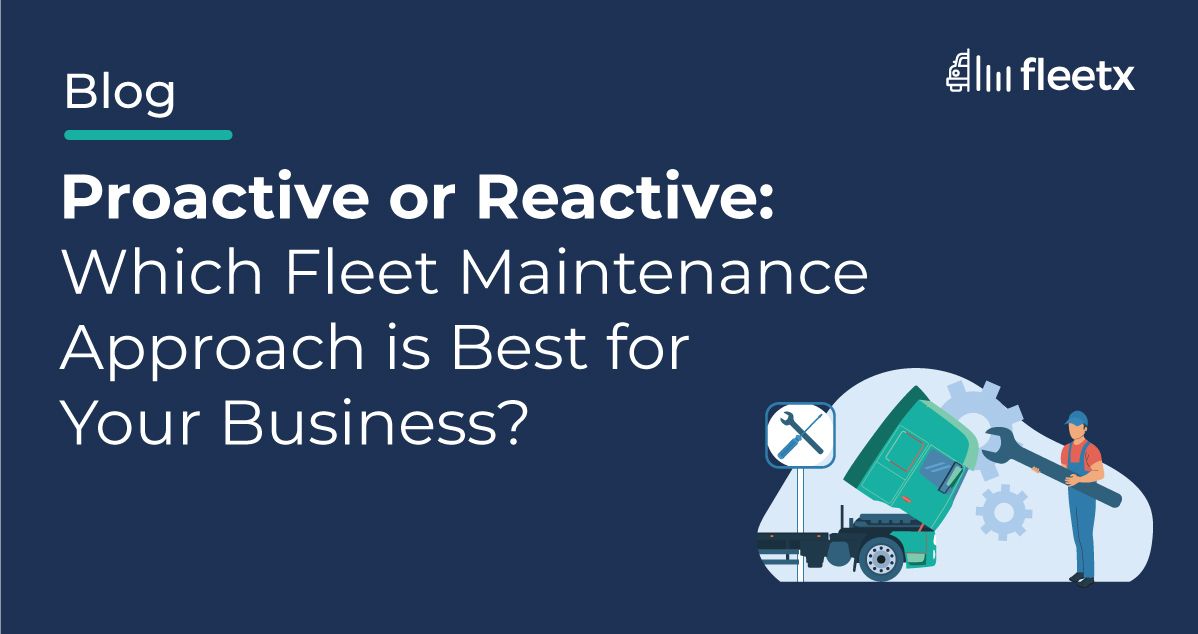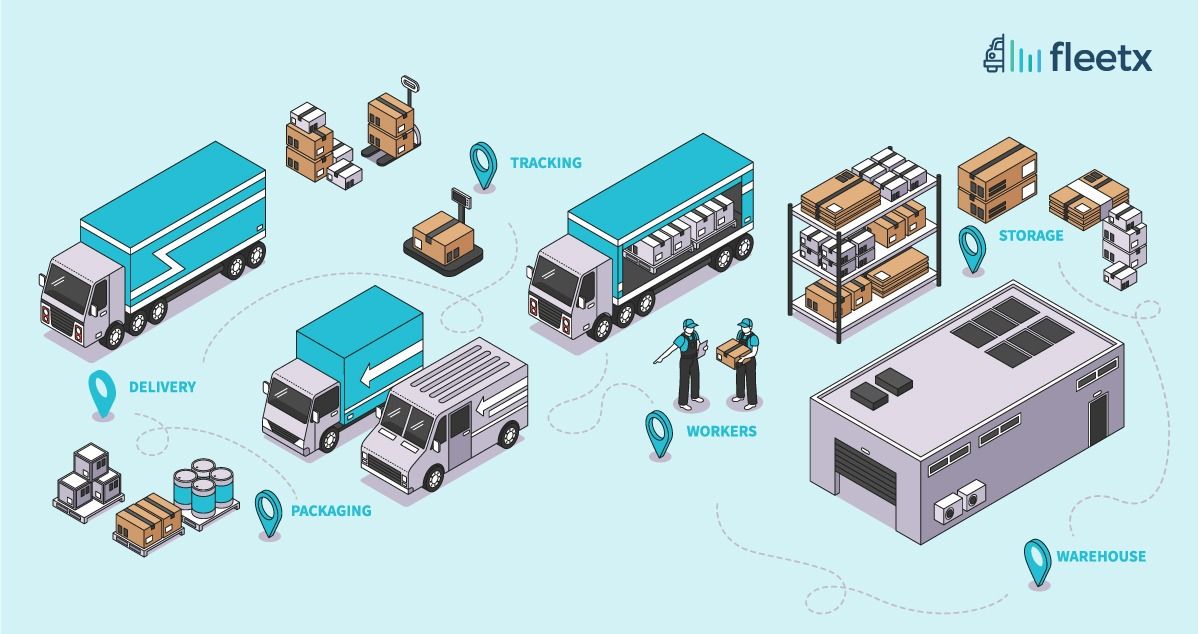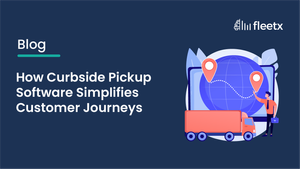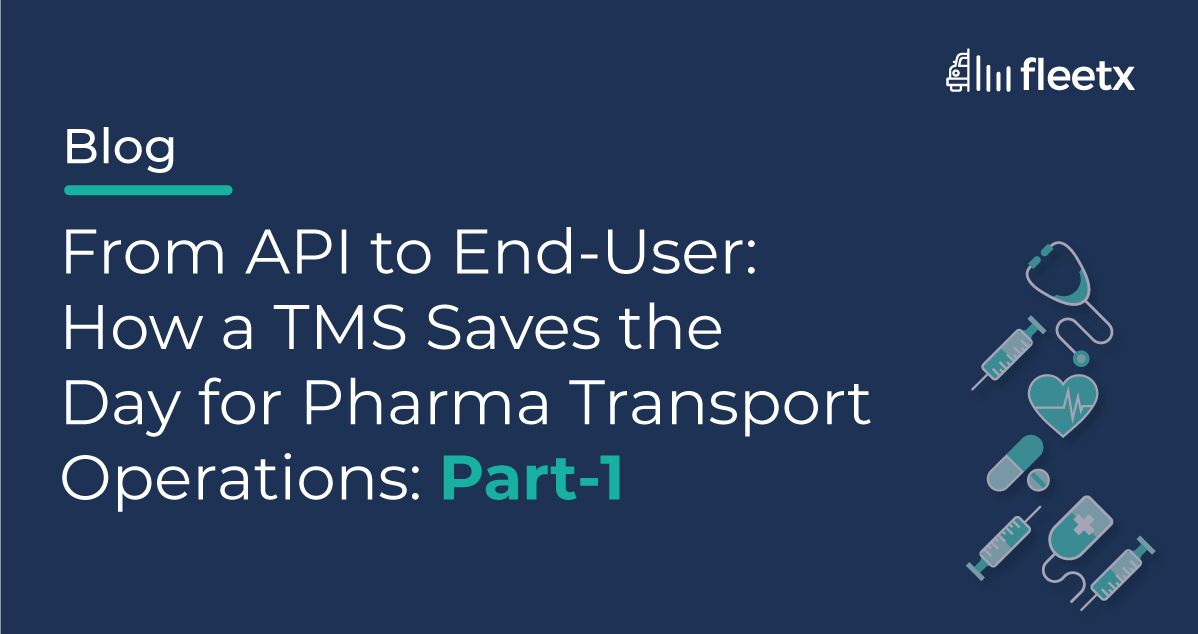
Let's first ensure that we have our basics straight. A Transport Management System (TMS) Software is a program or suite of programs designed to aid businesses in managing and optimising their transportation and logistics operations. It provides various tools and functionalities to assist businesses in planning, executing, and monitoring their transportation activities, ranging from order management and route planning to shipment tracking and performance analysis. It plays a crucial role in helping businesses streamline their transportation and logistics operations, lower costs, and enhance customer satisfaction. At the most fundamental level, a shipper company or, in this case, a pharmaceutical company, utilises a TMS to manage freight sourcing, planning, execution, and settlement.
Key elements of a pharmaceutical transport operation
Similar to any other business, a pharmaceutical company has two crucial elements in terms of transportation: inbound logistics deals with the transportation or inflow of raw materials necessary to produce a specific good that the company sells, while outbound logistics handles transport operations involving the movement of finished goods from the manufacturing unit to the end-consumer.
Concerning inbound logistics, a typical pharmaceutical company requires a diverse set of raw materials and, therefore, has multiple suppliers. It is also common practice for a third-party to manufacture goods for pharmaceutical companies, managing everything from sourcing the raw materials to manufacturing the finished goods entirely for the pharma company. In contrast, for their own manufacturing units, pharmaceutical companies source raw materials themselves, including the Active Pharmaceutical Ingredient (API), which is a crucial ingredient in any medicine or pharmaceutical good.
After manufacturing, the next step is packaging. Whether it is cough syrup or blister packaging in which tablets are sold, pharmaceutical companies have a variety of suppliers that meet all sorts of packaging requirements.
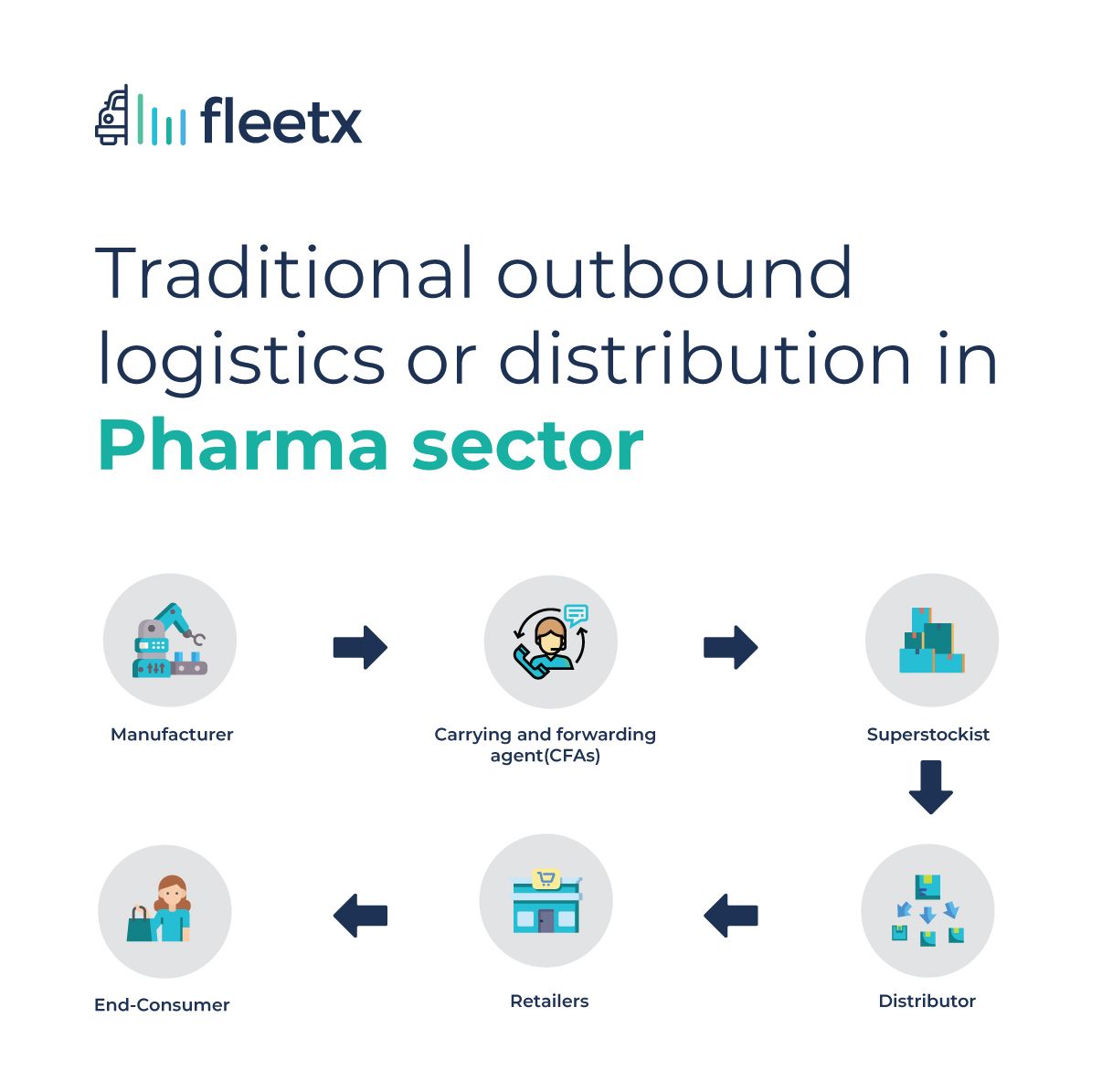
On the outbound side of things, the transportation of pharmaceutical companies is quite similar to that of FMCG companies in terms of channel setup. This refers to how a pharma company sells and delivers goods through various channel partners, which act as middlemen between the company and the end-consumer. In a traditional setup, a pharma company follows the outbound logistics model described below, although most pharma companies use a mix-n-match of a similar model.
Pharma companies sell their products through alternative channels, such as selling products directly to institutional customers like hospital chains such as Fortis and Apollo or D2C marketplaces like 1mg and Pharmeasy. However, it is interesting to note that no pharma company in India manages its own supply chain and transportation, with less than 1% of all pharma manufacturers in India having their own fleet. Instead, pharma companies focus on their core work, which involves conducting R&D and manufacturing pharmaceutical products for their consumers.
In most cases, FMCG companies manage the last-mile delivery for pharma companies on behalf of their channel partners. This is often the case when a particular pharma company and an FMCG company share the same channel partner.
Do pharma companies really need TMS software?
The ultimate goal of any company, including pharmaceutical companies, is to ensure that their products are delivered to customers on time, with appropriate quality checks and in full quantity. To make this possible, a pharmaceutical company requires end-to-end visibility across their transport operations. A lack of visibility in the transport operations inhibits a company's ability to manage their expectations and operations with optimal efficiency. The required visibility should not be limited to the manufacturer alone, but rather extended to all stakeholders. Collaboration between key stakeholders, including the manufacturer, CFAs, Superstockists, institutional customers, and others, is essential. In addition, within the manufacturing process, various teams such as the manufacturing plant team, logistics team, accounts team, and sales team also require full visibility across the transport operations to deliver their functions efficiently. For example, the sales team is often the first point of contact for customers and represents the company's face. Therefore, they should possess information related to the goods being sold to customers to ensure a smooth customer experience. Delivering poor-quality service or gaps in information provided to the customer often leads to losing clients.
Using a TMS to manage pharmaceutical transport operations
Having a comprehensive understanding of pharmaceutical transport operations, it becomes apparent that a pharma company needs to manage both inbound and outbound logistics to operate efficiently. By utilising a TMS, it provides a collaborative platform that not only offers visibility over transport operations to manufacturers but also to others in the distribution channel. Furthermore, a TMS can help a pharma company manage its inbound and outbound logistics more efficiently, including dealing with supplies of raw materials such as API and packaging supplies to their manufacturing units.
A TMS can also assist a pharma company in managing the transportation of finished goods from either their own manufacturing units or third-party manufacturing units to their warehouses, followed by delivery to end-consumers. Having complete visibility for all stakeholders, including end-customers, is a crucial element of a positive customer experience.
Conclusion
To conclude, a TMS helps a pharma company improve the customer experience they offer their clients. This, in turn, helps the company retain its customers and increase its revenues, which is the primary goal of any company. In the next article, we will explore how a TMS can be integrated into the transport operations of pharma companies, providing cost-effective solutions that improve efficiency.



